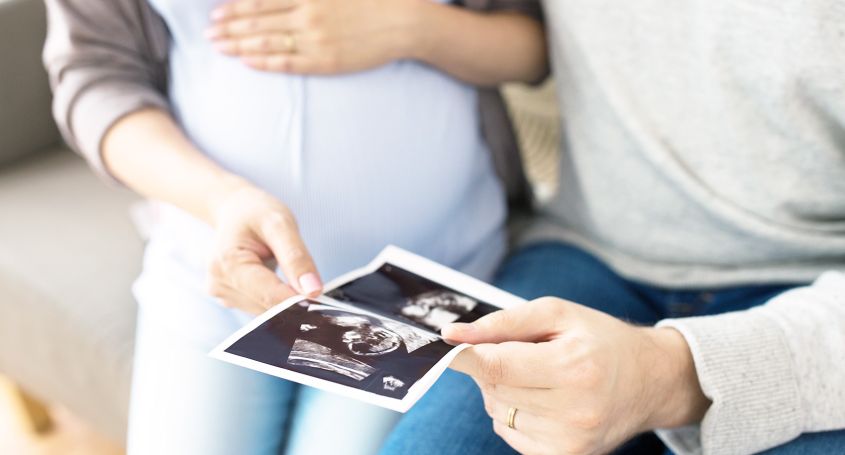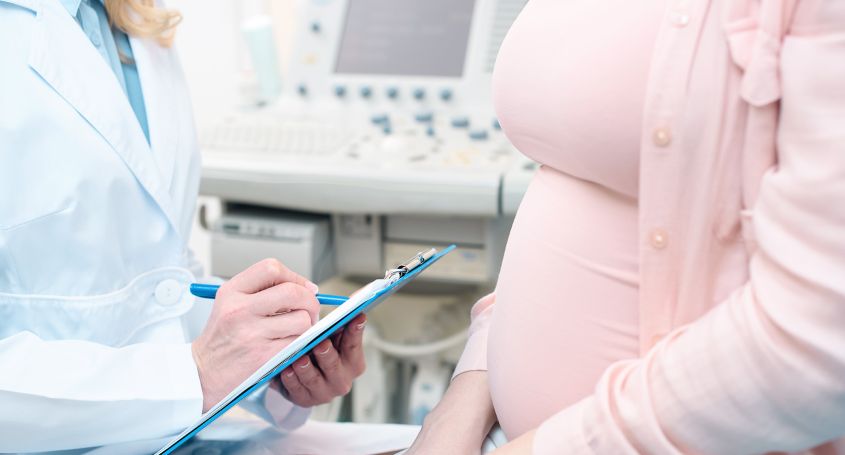By Dr. Raúl Olivares.
This article could also be titled “the longest two weeks”, because for someone involved in and fertility treatment, they are. As all of you may already know “2ww” stands for “two waiting weeks”, those placed between the embryo transfer and the pregnancy test.
We’re going to discuss things that can or cannot happen during this period, what symptoms or signs, if there are, can be of good or bad prognosis, when is the sooner a hpt (home pregnancy test) can be positive (not being a false positive!!) and more interesting things.
The best advice that a patient can be given is to take things easy during these weeks, though they can lead normal life. So, once it has been set up how this period should be handled (take things easy!) let’s go over different issues related to this fortnight.
1. Rest
I often tell my patients right after the transfer that they are “technically pregnant” though the embryo may still take two to three days to implant (depending on whether the transfer is two or three days after egg collection). An because of this I want them to do the same kind of things pregnant women are supposed to do: avoid strong physical efforts and risky situations (not the best time to start riding mountain-bikes J). Apart from these minor limitations we allow them to do everything. Something that it’s no longer controversial is that resting on the day of the embryo transfer is not going to increase the pregnancy rate, there’s enough evidence about it. In any case a couple of hours or relative rest to reduce the contractions that the uterus may have after the transfer could be advisable. As regards to their work (and here we include flying), if they are going to keep going at work once the hpt is positive, I do believe that it’s better to continue the same way during these days. In the end the hpt is positive because an embryo implanted ten days before, so the situation is exactly the same three days before the test than three days later. I can’t understand those patients (neither doctors that recommend it) that spend 15 days resting to come back to normal life after a positive hpt when nothing has really changed once the hpt is positive!!!
2. Stress
We continue with the most difficult one. In Dr Google’s pages you can find as many articles saying that it does not affect the outcome (British Medical Journal) as those saying that it does (Fertility and Sterility).For us stress is inherent in any fertility treatment. It’s impossible not to feel stressed out when the day that you’ve been waiting for, the day of the positive, the day you’re going to get pregnant, is right around the corner. So we don’t think stress reduces the pregnancy rates, we believe that it “belongs to the treatments” and down in the very deep of all patients it’s impossible to get rid of it. Another thing is how you cope with this stress, and how feel about the whole procedure. Here is where procedures like acupuncture (we we’ll dedicate one whole article to this procedure) and alternative medicines may help a lot. Why do you have to feel so bad if you have tools to take the control of the situation?
3. Symptoms and signs
I’m sure most of our readers have met someone who felt absolutely pregnant before a negative hpt or someone who had no symptoms only to find out that she was carrying twins. Unfortunately there is nor symptom nor sign that can reliably predict the outcome of the cycle. Above all because most of the usual symptoms (drowsiness, nausea…) and signs (fluid retention, intestinal bloating…) of an early pregnancy are produced by the progesterone, and the levels of this hormone are quite high after a fertility treatment. High enough to mimic what happens in a pregnancy despite not being pregnant.
Hopefully, it happen exactly the same with those “supposed to be” bad signs (cramping, having kind of light period or simply “feeling no symptoms at all”). Especially after an IVF it’s not rare to have big ovaries due to the stimulation that get even bigger when they detect that there’s an ongoing pregnancy in the uterus (two or three days before the pregnancy test). This sudden increase of size may make the patient feel like if she’s going to have her period (cramps) though it means just the opposite. Something similar happens with regards to the light spotting that some patients may have a few days before the pregnancy test. The so-called “implantation spotting” can take place after a fertility treatment and though the closer it happens to the due date of the period the unlikelier of being pregnant, sometimes what a patient takes for a period it’s just an implantation blood loss.
4. Pregnancy test
In this case there are differences between stimulated cycles (IVF or IUI) and those that use a HRT (egg donations and cryotransfer cycles) since in the first group the betaHCG, the hormone that the hpt detects, is used to trigger the ovulation and can be detected in blood up to 10 days after the triggering leading to false positives if the test is carried out too soon. Also how soon the test becomes positive will depend on the number of embryos that have implanted as well, since the more sacs there are the higher the levels are going to be, making them detectable sooner than usual. Though sometimes betaHCG can be detected as soon as 4-5 days after a day +3 transfer, we usually ask the patients to be “patient” until 14 days after the egg retrieval (or the theoric one if the patient is undergoing a frozen transfer or an egg donation ). This is for us the sooner the pregnancy test can be done, since the fact of having a negative before does not mean that on day +14 it’s still going to be negative. And on the other hand we cannot forget the psychological the impact of this “false” negative may have on the patient.
And that’s all for now. I’m sure that there are more worries and doubts during this period. As always feel free to check our FAQS or ask us about them. We’ll do our best to help you coping with this stressful period.















